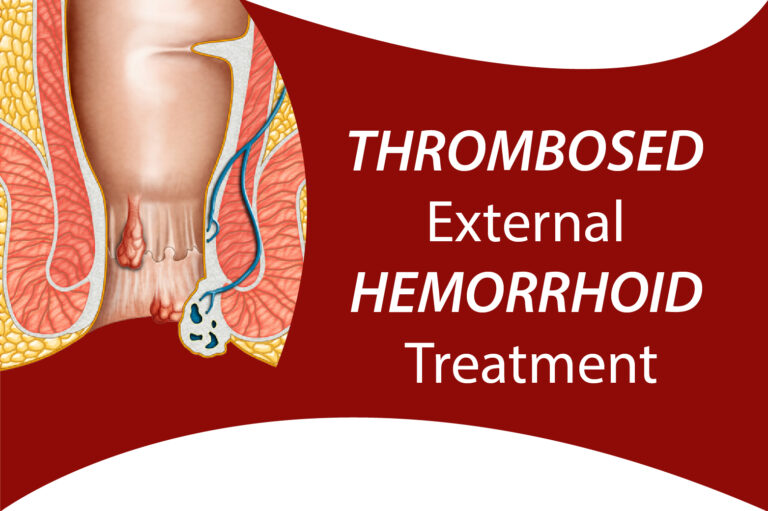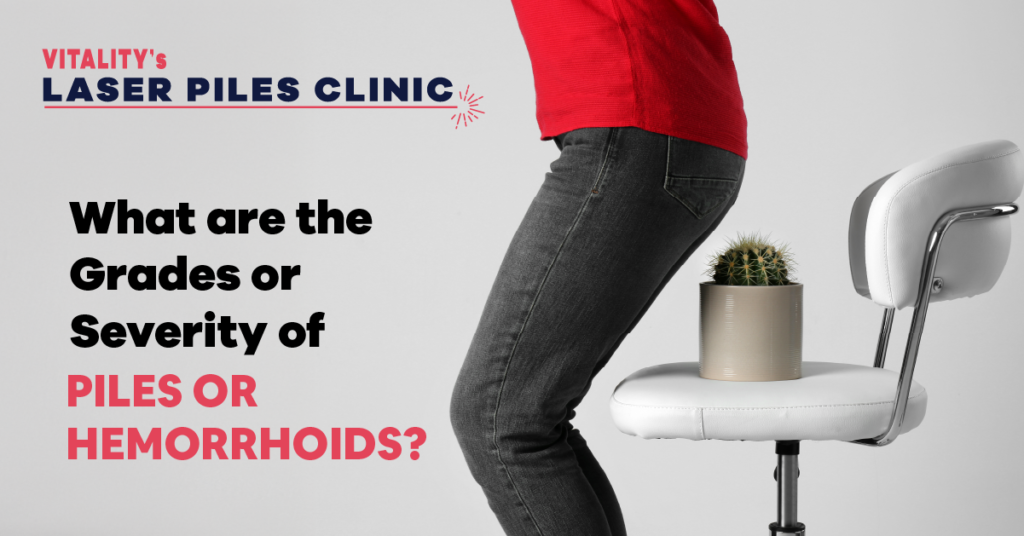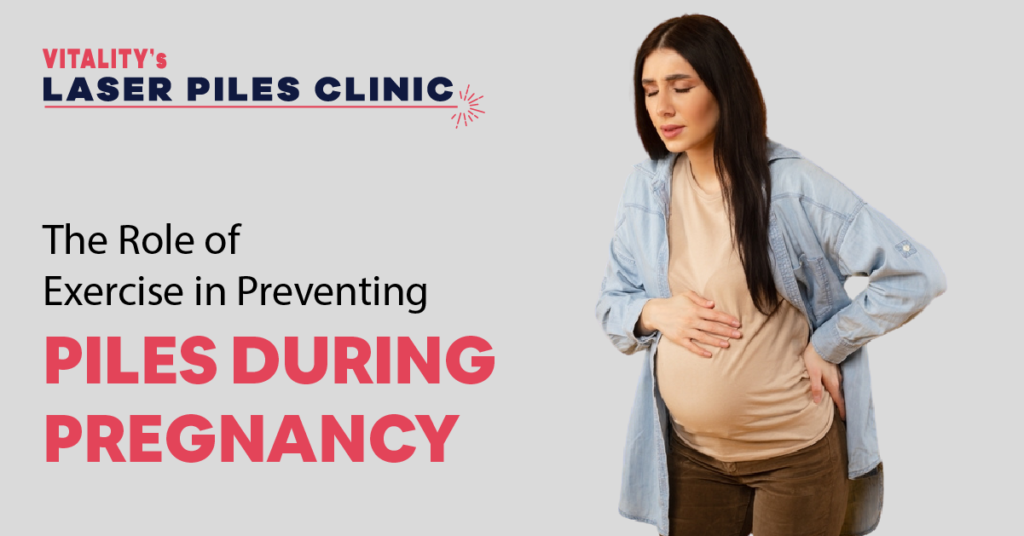Table of Contents
- Difference between common haemorrhoid and thrombosed haemorrhoid?
- What are the symptoms?
- Causes of Thrombosed haemorrhoid
- How is thrombosed haemorrhoid diagnosed?
- Ways to treat thrombosed haemorrhoid
- Surgery for Thrombosed haemorrhoid
- How Long does Recovery take?
You’re probably wondering, what is a thrombosed haemorrhoid? It’s a pretty good question to ask. A thrombosed haemorrhoid is precisely what the name suggests; it’s a haemorrhoid that has become ‘thrombosed.’ This means that the blood flow to internal haemorrhoid has been partially or fully blocked by blood or tissue. Once the blood flow to the area is cut off, a blood clot forms, which causes severe pain in the affected area. This can lead to intense itching and swelling (the affected area will likely be very uncomfortable).
Difference between common haemorrhoid and thrombosed haemorrhoid?
You may be asking yourself (or your doctor) what’s the difference between common haemorrhoid and a thrombosed one. That’s a great question, as many people don’t know the difference between haemorrhoids and their variations. A haemorrhoid is simply an enlarged vein in your body. Having them doesn’t mean you have a life-threatening disease; it just means that you have been straining and need to find ways to relieve the pressure on your body before it hurts you or, worse, causes lasting damage.
What are the symptoms?
Thrombosed haemorrhoids can be very painful. It can hurt to walk, sit, or go to the bathroom if you have one.
Other haemorrhoid symptoms include:
¬ hard large lumps that may be painful when touched.
¬ pain during bowel movements, which could result in people avoiding them.
¬ Itching around the anus, which can lead to irritation and discomfort.
¬ Discharge of mucus from the anus or bleeding during bowel movements.
¬ Redness around the anus, swelling, or feeling of fullness after bowel movement.
Causes of thrombosed haemorrhoid
Several different factors can cause this health condition; most of them is an unhealthy lifestyle.
There are five leading causes of this condition:
¬ Lack of water and fiber in your diet
¬ Constipation and Straining with bowel movements
¬ Pregnancy and childbirth
¬ Being overweight or obese
¬ Sedentary lifestyle
How is thrombosed haemorrhoid diagnosed?
A thrombosed haemorrhoid is usually diagnosed by physical examination. A visual examination of the anus and surrounding area may diagnose external or prolapsed haemorrhoids. A rectal exam may be performed to detect possible rectal tumors, polyps, an enlarged prostate, or abscesses. This examination may not be possible without appropriate sedation because of pain, spasm, or tension.
A proctoscopic exam may be required to examine the lower colon and rectum for other causes of bleeding, such as colorectal cancer and polyps. Proctoscopy is a relatively painless procedure that allows a doctor to see inside the anal canal and lower rectum with a short tube with a light and a lens for viewing. Proctosigmoidoscopy is a similar procedure that allows visualization of the last one-third of the colon.
Ways to treat thrombosed haemorrhoid
The thrombosed haemorrhoid may heal with scarring and leave a tag of skin. Less often, it can take months for the thrombosis to disappear. You may get prescription-strength steroid cream from your doctor to help reduce inflammation and pain. Your doctor may also recommend an over-the-counter cream or ointment or a suppository that goes directly into your rectum.
Some doctors may recommend surgery to remove a thrombosed haemorrhoid if the pain is too much. But this is usually not necessary. Bleeding from haemorrhoids should stop within a week, but other symptoms may last longer.
You can treat thrombosed haemorrhoids at home by:
¬ Taking over-the-counter pain relievers like ibuprofen or aspirin
¬ Applying ice packs to the affected area
¬ Using topical treatments like creams and ointments
¬ Taking stool softeners and drinking plenty of water
Surgery for thrombosed haemorrhoid
The primary treatment for a thrombosed haemorrhoid is a procedure called an external thrombectomy that makes a small cut in the clot and drains it. You will get local anaesthesia to prevent you from feeling pain. This procedure works best if you have it within three days after a haemorrhoid appears. It works quickly, but the clots can come back. You might still have pain after surgery.
How long does recovery take?
Although the pain from thrombosed haemorrhoids should improve within 7 to 10 days without treatment, the swelling may take a few weeks to disappear completely. If you want fast relief from the pain and itching caused by a thrombosed haemorrhoid, you can try the following home remedies:
- Take an over-the-counter or prescription anti-inflammatory medication such as aspirin or ibuprofen to help with pain and swelling.
- Apply petroleum jelly to soothe the irritated area.
- Apply witch hazel pads drenched in witch hazel extract to reduce inflammation.
- Take a sitz bath that covers your hips and buttocks two or three times a day for 15 minutes at a time.
- Many pharmacies sell small plastic tubs with holes cut out for your buttocks that sit on top of your toilet bowl. You can also create your own by placing 2 inches of warm water in a shallow pan that fits.
We recommend you book an appointment with Laser Piles Clinic, where you can avail yourself of the fastest and most advanced piles laser treatment in Hyderabad. Equipped with the best in class equipment and a seasoned team of experts who can diagnose and recommend a line of treatment involving minimally invasive procedures to provide quick relief and recovery. To book an appointment with Vitality’s Laser Piles Clinic, call 910 850 3674 now!



